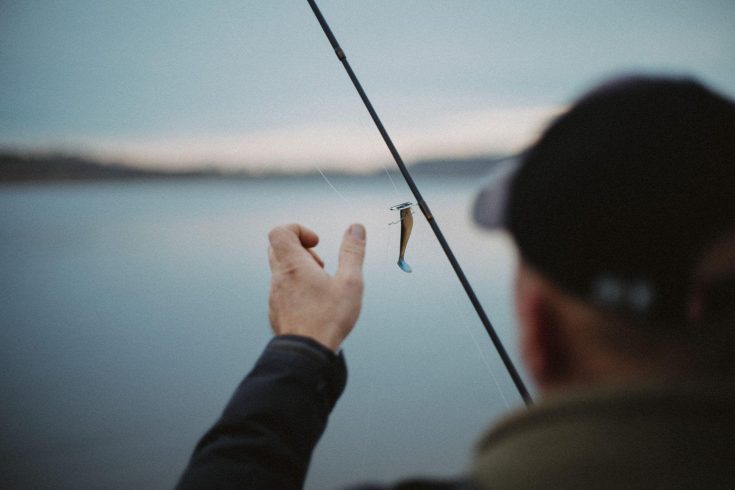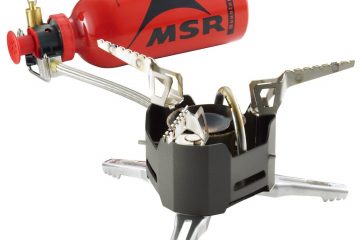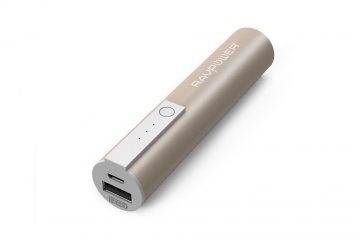It doesn’t matter if you’re fishing for your dinner or you’re chasing a new world record; having the right bait is a prerequisite. An angler’s setup is incomplete without it. The bait will tempt your prey onto the hook. So you need to get it right. Otherwise, the fish will simply ignore you.
There are just too many options out there. It’s hard to know where to begin. You also have to factor in the costs of buying the bait and other equipment.
But fret no more. We’ll share the best seven tips for choosing the right fishing bait. Be wary. There’s a lot to cover.
Contents
- Different Types of Fishing Bait
- 1. Live Bait
- 2. Dead Bait
- 3. Artificial Bait
- Choosing the Right Fish Bait
- 1. Consider What Fish Like to Eat
- 2. Invest in Good Saltwater Bait
- 3. Pay Attention to Fishing Regulations
- 4. Focus on Patterns
- 5. Don’t Exceed Your Budget
- 6. Use Sight and Scent
- 7. Don’t Forget the Weather
- Final Thoughts
Different Types of Fishing Bait
When people think of fishing bait, they immediately imagine a worm dangling at the end of a hook. That’s undoubtedly a classic, but it’s just one kind. There’s so much more! You can find live, dead, or artificial bait. Here’s a quick intro.
1. Live Bait

Live bait is the go-to choice for fishing charters all over the world. Can you imagine anything more compelling than bloodworms or ballyhoos? It’s simple, effective, and gets the job done quickly.
Fish can’t resist live bait. The movement and smell will attract all breeds of fish. All you have to do is drop the temptation in and wait.
However, live bait requires keen attention. They need to be worked correctly. It’s simple to handle worms or crabs. But baitfish is an entirely different ball game. They need to be stored in clean, clear, and oxygen-rich water. It’s hard to manage this if you’re fishing on foot.
And that’s just maintenance. You need different types of live baits for the waters you’re fishing in. Different species of fish are attracted to various kinds of bait.
Also, you need to pay attention to the local predators. The worst part is that some live bait costs a pretty penny. For a cheap but reliable bait, you can always use superworms.
2. Dead Bait
There are some distinct advantages to dead bait. First, you don’t need to keep it alive. This characteristic is a lifesaver if you’re traveling lightly. They also have a strong scent trail.
You can easily fish with whole dead fish as bait. However, people tend to cut it into strips or chunks. This is because strip baits hold on to the hook better. This is ideal for soft bait like squid. In contrast, chunk bait can take more of a beating.
Finally, there’s chum. Chum is the term for a bucket filled with bloody bait. You throw this overboard to get a scent trail in murky waters. You can also use a handful of pre-frozen blocks of bait. All you need to do is tie it to the back of the boat.
3. Artificial Bait

People do all kinds of crazy yet beautiful things to lure in fish. There are robotic lures that shake and wiggle. This kind of bait often even has a hair or two to mimic insects. It’s jarring, but it’s pretty effective, especially once you get the hang of using it.
Artificial bait is quite fun to use. First, you have to use the lure the right way. It’s a matter of precision. You need to place it in the right spot. Then, of course, you need to know what you’re fishing for. This process requires a lot of trial and error. Mastering it isn’t easy, and some anglers take their whole lives learning it!
But don’t be intimidated by the process. Artificial bait is reasonably practical. For example, it doesn’t go bad and that means you can use the same one for a long time. They also come in various shapes, designs, colors, and sizes.
Choosing the Right Fish Bait
When it comes to finding the right bait for fishing, you need to learn what the fish seek. Each type of bait works for a specific variety of species. Anglers need to familiarize themselves with all the techniques. Here’s what you need to pay attention to.
1. Consider What Fish Like to Eat
Live bait is tricky to use while catching fish. However, they’re the best lure to use as fish are always enticed by them. Of course, your fishing rods and reels must be in excellent shape. What’s the point of getting good bait if you can’t lure the fish out of the water?
2. Invest in Good Saltwater Bait
Sea worms, eels, shrimp, squid, or crabs make excellent saltwater bait. You can find them dead or alive. You can chop the squid into smaller pieces to use it.
3. Pay Attention to Fishing Regulations
Not all bait is legal. So, you need to look at the fishing regulations in the location you’re fishing in.
4. Focus on Patterns
Artificial bait is hard to maneuver, but it makes life easier. You can get spinners, flies, poppers, or jigs in various shapes and sizes. The colors and patterns tend to entice the fish you’re preying on! Find a fishing spot near you and get that hook in the water!
5. Don’t Exceed Your Budget
Fishing lures, especially live ones, can be pretty expensive. Some artificial ones can be too! By mastering some easy fishing tips, you can maximize their use.
6. Use Sight and Scent
Think like a fish while fishing. There’s merit to this old saying as fish hunt by sight, scent, and sense of movement. Some fish sniff out their prey while others use their eyesight. Know which fish use which tactic for upping your game.
7. Don’t Forget the Weather
Fish change their movement according to weather patterns. They have a good sense of these changes and act accordingly. Moreover, they’re sensitive to pressure changes.
A cold front is a great time to fish as the fishes tend to be lethargic. Remember to use darker bait during this time. Sunny weather calls for colorful bait as the waters are more transparent. Enjoy the variety and learning process!
Final Thoughts
Fishing may not be easy but with the right bait, you can turn this sport or leisure activity into an enjoyable one. When you know which type of fish you want to catch, then choosing the right fishing bait becomes an easier process.
You also need to be aware of the weather and other factors when considering the best fishing bait.
Hope the seven tips to choose the best fishing bait shared in this post helps you be a better fisher.








